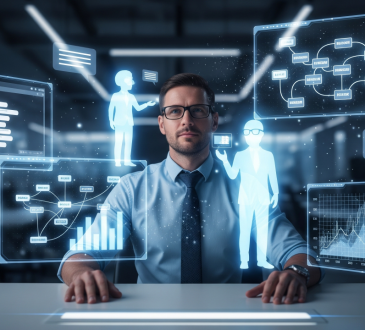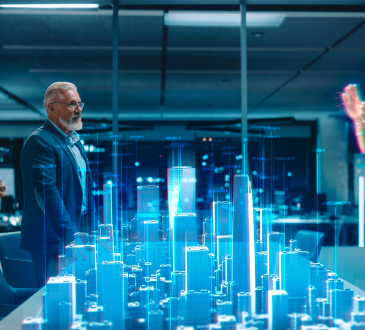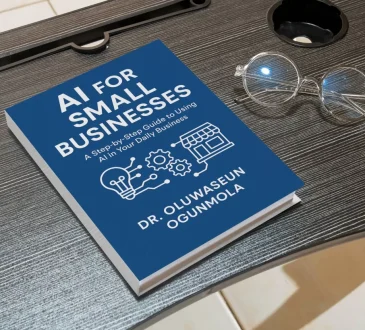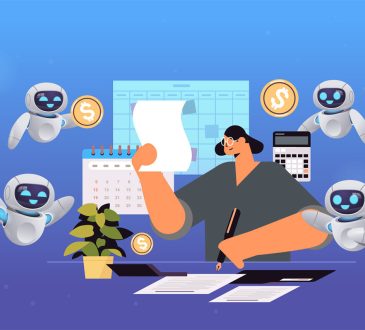
Artificial Intelligence is advancing at a pace that even industry experts can barely keep up with. Every week, groundbreaking developments emerge across machine learning, robotics, generative models, healthcare AI, and real-world automation. As 2025 unfolds, the global tech landscape is experiencing a deep transformation powered by new AI capabilities that are faster, more accurate, more intuitive, and increasingly humanlike in their decision-making and creativity. Here’s a comprehensive look at the latest AI innovations you simply can’t afford to overlook.
1. Next-Gen Generative AI Models Reshape Creativity and Productivity
Generative AI continues to dominate headlines, but the latest wave of models goes far beyond text or image generation. These upgraded systems now show improved contextual memory, deeper reasoning, and multimodal skills—allowing them to process text, audio, images, video, and sensor data simultaneously.
Industries such as advertising, journalism, filmmaking, architecture, and product design are now leveraging AI to conceptualize ideas, storyboard scenes, simulate environments, or generate full-length drafts in minutes.
Controllable generation now allows users to fine-tune tone, style, emotion, and narrative direction with far greater precision.
2. AI Agents Take Center Stage
One of the most revolutionary updates in the AI world is the rise of autonomous AI agents—self-directed systems capable of planning, reasoning, and executing tasks across digital platforms.
Businesses are beginning to use AI agents for:
- Customer support automation
- Lead generation and qualification
- Internal workflow management
- Code debugging and deployment
- Real-time data analysis and reporting
This shift signals a new era where digital labor becomes part of everyday operational infrastructure.
3. Breakthroughs in AI-Driven Healthcare Diagnostics
AI in healthcare has reached unprecedented precision. New AI models can analyze radiology images, pathology slides, gene expression data, and patient histories with exceptional accuracy.
Key innovations include:
- Early-stage cancer detection
- Predictive models for cardiac events
- Smart medical assistants
- Robotic surgical support systems
These technologies promise faster diagnoses, reduced human error, and improved patient outcomes.
4. Robotics Powered by AI Gains New Capabilities
Robotics is advancing rapidly thanks to reinforcement learning and multimodal training.
Recent innovations include:
- Precision assembly robots
- Warehouse navigation bots
- Humanoid household assistants
- Autonomous delivery robots
AI and robotics are merging to create more efficient and adaptive automation.
5. AI-Enhanced Cybersecurity Strengthens Digital Defense
Modern AI security systems now:
- Detect anomalies in network traffic
- Prevent phishing attacks
- Automate vulnerability scanning
- Neutralize malware
- Protect cloud environments
As cyber threats rise, AI-driven defense systems are becoming essential.
6. AI in Education Becomes More Personalized
Education technology is being transformed by AI tools that assess individual learning styles.
Innovations include:
- Virtual tutors
- Automated essay grading
- Career-matching engines
- Classroom analytics
The result is more accessible and effective learning experiences worldwide.
7. Ethical AI and Global Regulation Gain Momentum
Governments and tech organizations are implementing guidelines around:
- Data privacy
- Algorithmic fairness
- Bias prevention
- Transparency
- Responsible deployment
These efforts aim to ensure safe and accountable AI use.
8. AI in Business Operations Becomes Mainstream
Companies of all sizes are integrating AI to streamline processes.
Trends include:
- Financial forecasting
- Supply chain optimization
- Automated customer service
- Market intelligence dashboards
- AI-driven HR tools
AI is now a core driver of innovation and efficiency.
Conclusion: A Future Shaped by Intelligent Systems
The latest AI developments point to a future where technology becomes more intuitive, autonomous, and deeply integrated into all areas of life. As 2025 unfolds, these innovations will bring both opportunities and responsibilities.




